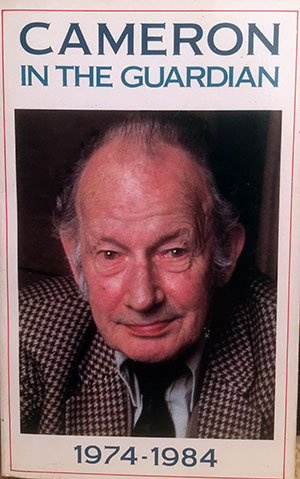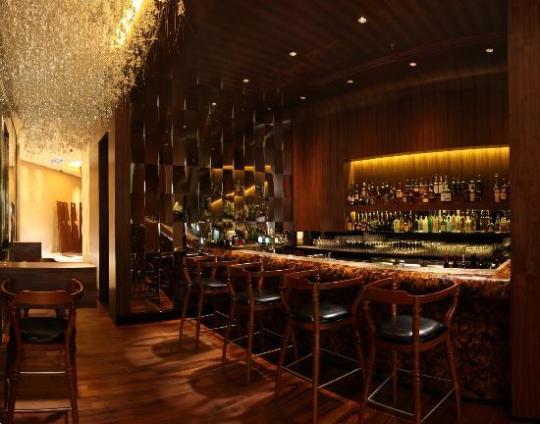Photojournalist Malcolm Browne’s iconic photograph…
 In a world saturated with images it takes something truly special to be universally recognised and respected for its impact at both the time of publication and for the years thereafter. Malcolm Browne’s photograph of the burning Buddhist monk is one such image.
In a world saturated with images it takes something truly special to be universally recognised and respected for its impact at both the time of publication and for the years thereafter. Malcolm Browne’s photograph of the burning Buddhist monk is one such image.
Malcolm Browne (1931-2012) was an American journalist and photographer who cut his journalistic teeth during the Korean War where he was assigned to the Pacific edition of Stars and Stripes Magazine. In 1961 he became chief correspondent for AP (Associated Press) for Indochina, a position he held until 1965. But it was two years earlier in 1963 that he took the image which cemented his place in photojournalism folklore.
Browne had first gone to Vietnam in 1961 as AP’s first permanent correspondent and by 1963 he had become increasingly interested in the country’s Buddhist monks and the rising tensions between them and the Vietnamese government. Browne later recalled how the monks would make a number of threats to carry out a protest to highlight their persecution which were beginning to fall on the uninterested ears of journalists who had grown used to, and bored, of their statements.
But Browne felt sure this latest warning had substance and so on June 11th he went to the centre of Saigon where two main streets met at an intersection. By the time he had arrived there were monks and followers chanting prayers usually made at funerals. A group of monks formed a circle whilst two younger monks helped an elder monk, Thich Quang Duc to the centre of the circle before dousing him in petrol from a jerry can. Quang Duc then struck a match and dropped it on his lap. He was immediately engulfed in flames.
Browne described the horror of the scene and how the monk made no noise, his face remained calm throughout. He said the air was heavy with the smell of incense, punctured by the gasoline and burning flesh. It was a truly remarkable event which prompted President Kennedy to declare that “no news picture in history has generated so much emotion as that one”. Yet despite the outcry from around the world it’s effect on the South Vietnamese government was short lived. Initial promises of reform were never implemented and the protests continued leading to further, harder crackdown’s by the government on the monks and their pagodas. Other monks followed Quang Duc’s self-immolation until an army coup overthrew the government and its leader, Ngô Ðinh Diêm was assassinated in November 1963.
Categories: Reportage






